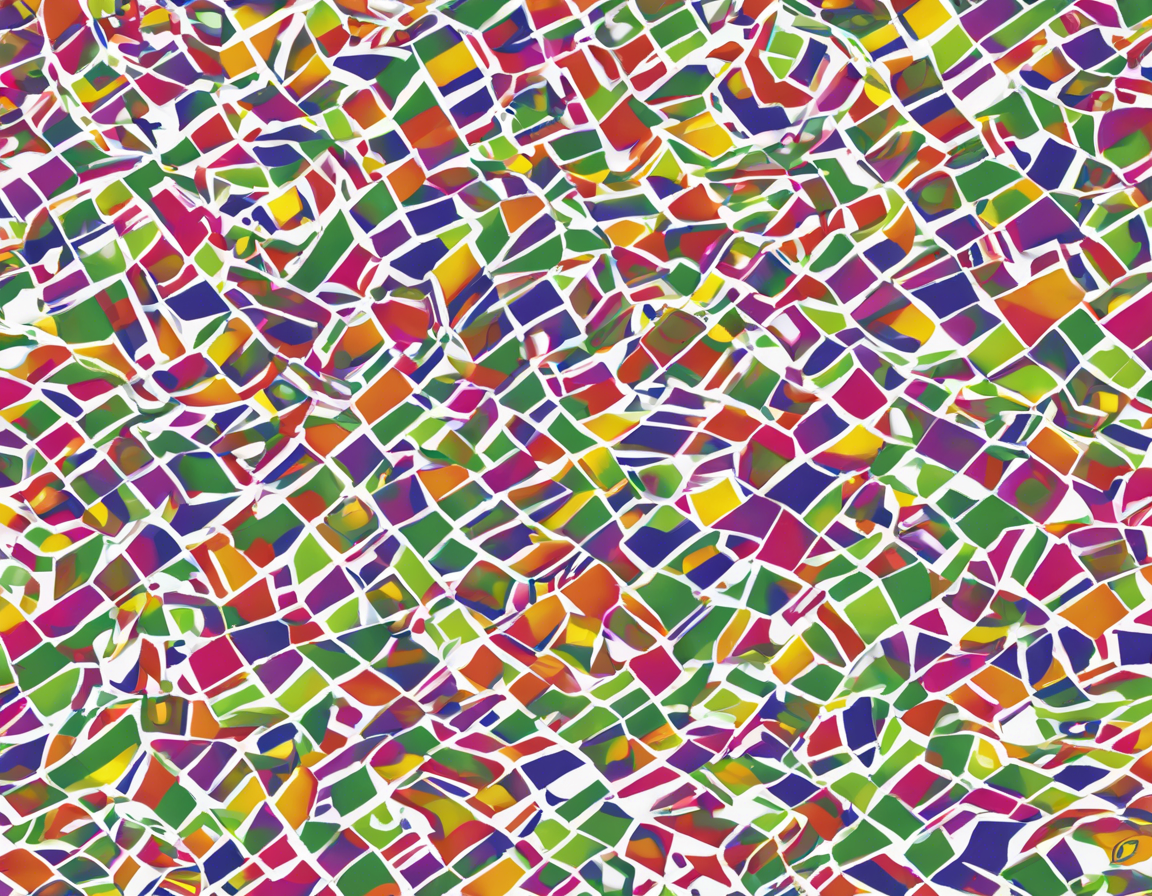In the ever-evolving world of color spaces, the UTCRGB color space has been gaining traction for its unique and advanced features. Understanding the latest trends in this color space can offer valuable insights for designers, developers, and anyone working with digital media. In this blog post, we will delve into the intricacies of UTCRGB, explore its applications, and discuss the emerging trends that are shaping its usage in various industries.
What is UTCRGB Color Space?
The UTCRGB color space, also known as “Universal Tristimulus Color Space based on Red Green Blue primaries,” is a color model that aims to provide a universal standard for representing colors in digital media. Unlike traditional color spaces like sRGB or Adobe RGB, UTCRGB is designed to be device-independent, meaning that colors appear consistent across different types of displays.
The Advantages of UTCRGB Color Space:
- Device-Independence: UTCRGB ensures color consistency regardless of the device used for viewing.
- Wider Gamut: It offers a wider color gamut compared to traditional color spaces, allowing for richer and more vibrant colors.
- Accuracy: UTCRGB provides a more accurate representation of colors, making it ideal for color-critical applications.
- Compatibility: It is compatible with a wide range of display technologies, making it versatile for various applications.
Emerging Trends in UTCRGB Color Space:
-
HDR Content Creation: With the increasing demand for high dynamic range (HDR) content, UTCRGB is being increasingly used for creating HDR images and videos due to its wider gamut and enhanced color accuracy.
-
Virtual and Augmented Reality: UTCRGB is becoming popular in virtual and augmented reality applications, where precise color rendering is essential for creating immersive experiences.
-
** Print and Packaging**: UTCRGB is finding applications in the print and packaging industry, where color accuracy and consistency are crucial for branding and product representation.
-
** Gaming and Graphics**: Game developers and graphic designers are leveraging UTCRGB for creating visually stunning and lifelike graphics in video games and multimedia content.
-
** Cross-Platform Compatibility**: As the need for seamless color consistency across different platforms grows, UTCRGB is emerging as a go-to color space for ensuring uniform color representation.
Implementing UTCRGB in Your Workflow:
When integrating UTCRGB into your workflow, consider the following best practices:
- Color Management: Utilize color management systems to ensure accurate color conversion and consistency across different devices.
- Testing and Calibration: Regularly calibrate your displays and devices to maintain color accuracy in UTCRGB.
- Collaboration: Communicate color requirements with stakeholders to ensure a cohesive approach to color management in UTCRGB.
- Training: Provide training to your team members on working with UTCRGB to maximize its benefits and optimize color workflows.
Frequently Asked Questions (FAQs) about UTCRGB Color Space:
- Is UTCRGB suitable for web design and digital marketing?
-
Yes, UTCRGB can be used effectively in web design and digital marketing to ensure consistent color representation across various devices.
-
How does UTCRGB differ from other color spaces like sRGB and Adobe RGB?
-
UTCRGB offers a wider color gamut and greater accuracy compared to traditional color spaces, making it ideal for color-critical applications.
-
Can UTCRGB be converted to other color spaces for compatibility?
-
Yes, UTCRGB can be converted to other color spaces using color management techniques to ensure compatibility with different devices and platforms.
-
What are the key industries that are adopting UTCRGB color space?
-
Industries such as entertainment, gaming, virtual reality, print, packaging, and digital media are among the key adopters of UTCRGB for its advanced color capabilities.
-
How can I ensure color consistency when working with UTCRGB across multiple projects?
- By establishing standardized color workflows, utilizing color management tools, and maintaining consistent calibration across devices, you can ensure color consistency in UTCRGB.
In conclusion, exploring the latest trends in UTCRGB color space unveils a world of possibilities for enhancing color representation and accuracy in various digital media applications. By staying informed about the advancements in color technology and incorporating best practices in color management, professionals can harness the full potential of UTCRGB to create visually captivating and immersive experiences across different platforms and industries.
